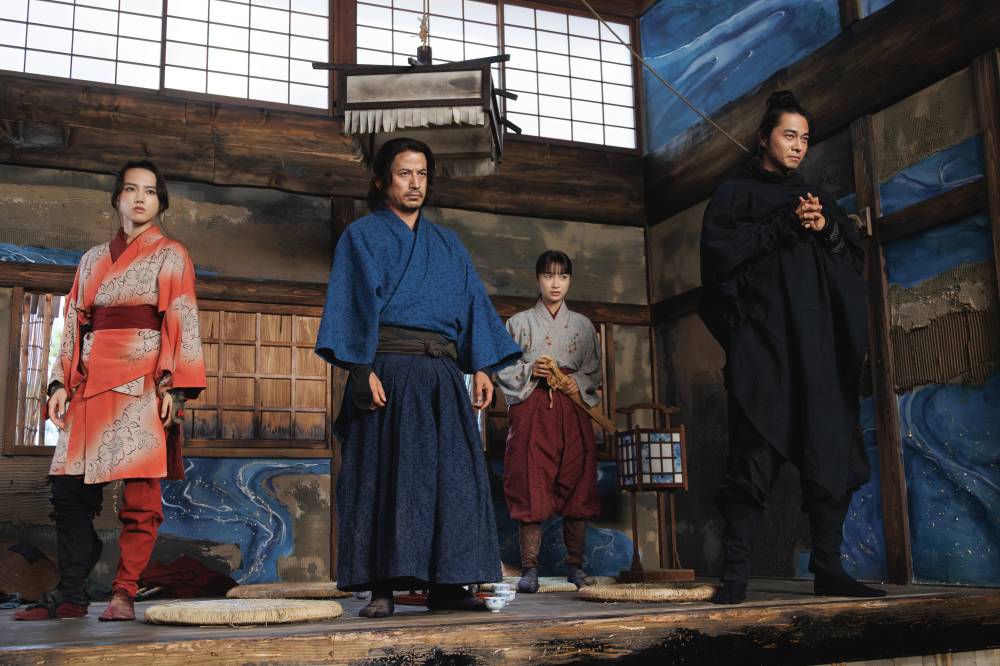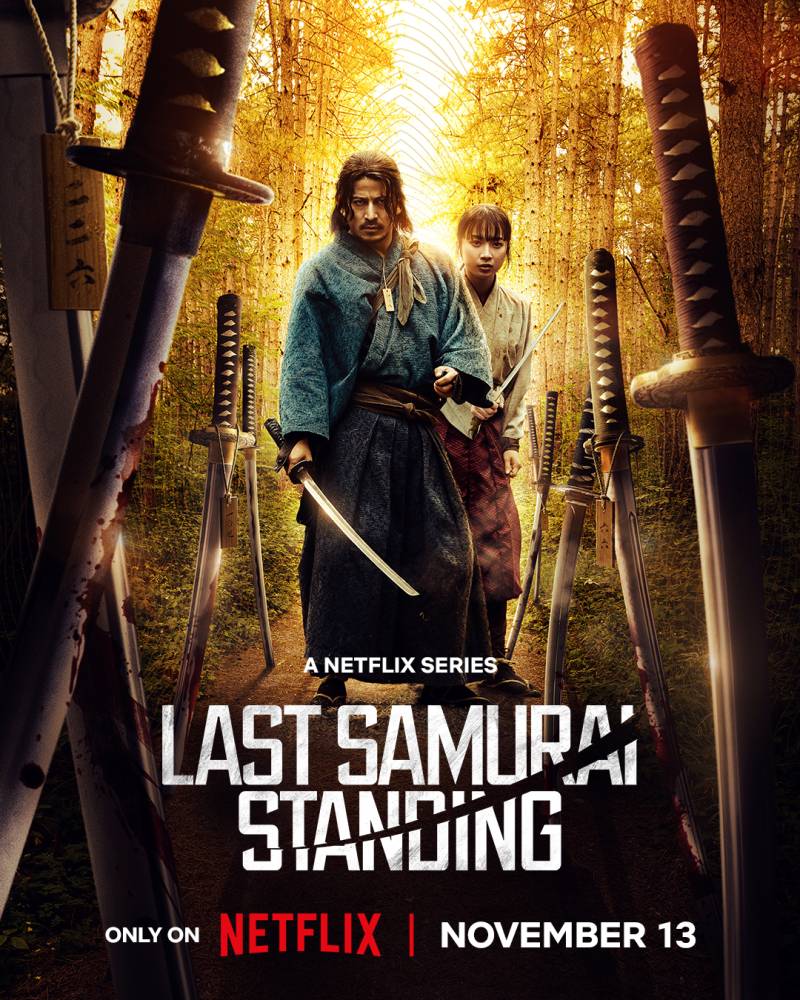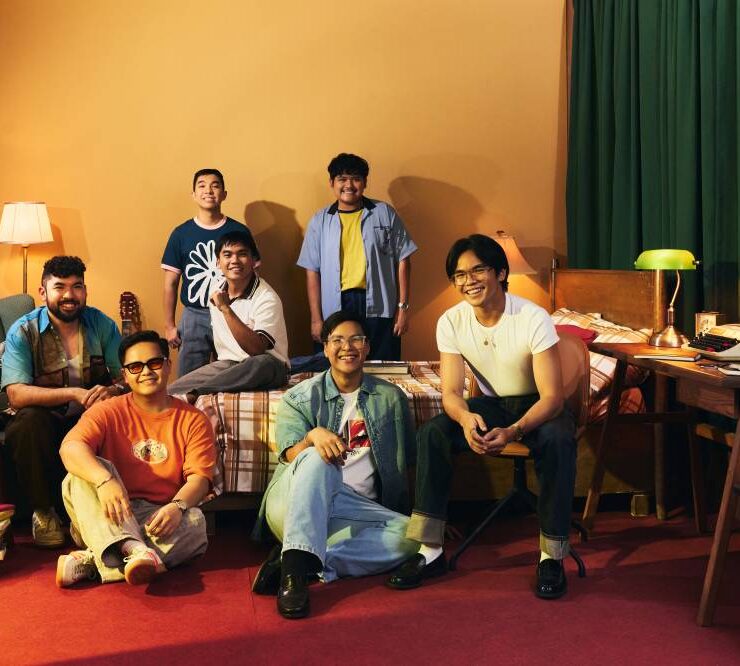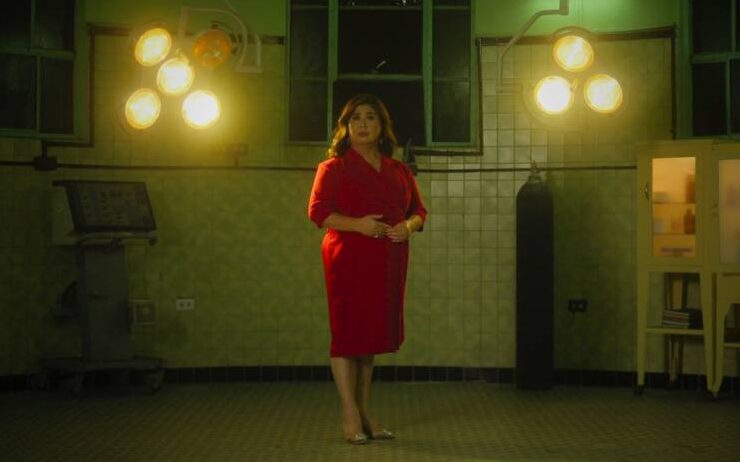¥100 billion and the samurai spirit

One hundred billion yen, 292 masterless warriors, one winner. This is the lucrative, if not fatal, premise of the historical live-action series “Last Samurai Standing (Ikusagami).”
Based on Shogo Imamura’s novel of the same title and the manga series it inspired, the show is set in the Meiji period—a period marked by dramatic social, political, and economic upheaval in Japan. As the country transitioned from a feudal society to a rapidly modernizing industrial nation, the samurai class—once feared and highly respected—was suddenly rendered useless.
Their stipends were halted, and their right to wear swords in public was revoked. Coupled with a cholera outbreak, samurais fell into financial ruin and existential crisis. This is the tragedy that the Japanese Netflix series, streaming on Nov. 13, explores.
While the lure of such a staggering sum proves irresistible in the face of desperation and obsolescence, the combatants’ motivations go beyond numbers and greed. In the kill-or-be-killed battle royale, redemption and a renewed sense of purpose are also at stake.
Familial duty
For the main protagonist, Shujiro Saga (played by actor-producer Junichi Okada), the fight is fueled by familial duty. And in his bid to save his sick wife and child, he also hopes to find self-salvation—even if that noble cause means revisiting past traumas and putting his own life on the line.
“Shujiro has a history of fighting and tough battles. He knows the pain and sadness of combat. He suffers from PTSD (post-traumatic stress disorder). His participation in this death game is a form of redemption, which he does by protecting his loved ones,” Okada tells Lifestyle Inquirer in a virtual interview.
The character’s predicament may well illustrate “the spirit of the samurai”—not the capacity for fearless aggression, but for enduring internal suffering, making tough moral choices, and fulfilling responsibilities with honor. This is something Okada hopes to bring to life through his acting.

“Playing the character, when he steps into battle, I focused on conveying the sadness beneath the strength. You might stand strong, exuding a powerful aura, but inside there’s also fear, pain, and sorrow coursing through your whole body,” he says. “I tried to be very mindful of that.”
“The decisions he makes, what he chooses to protect, and what he’s forced to bury—that’s what I want to show till the very end of the story,” adds Okada, who’s joined by other big names in Japanese entertainment like Kazunori Ninomiya, Hideaki Ito, and Hiroshi Tamaki.
Modern parallels
The road to deliverance, however, will be paved in the blood of the fallen. After sunset, the fighters gather at Tenryu-ji Temple in Kyoto, where they each receive a wooden tag. To win, they must steal each other’s tag—often through carnage—as they race through a series of checkpoints all the way to Tokyo. In the end, only one will be left standing.
The samurai once fought for loyalty, honor, and status. Now, their vocation has been reduced to a game—the only place where their lethal but now obsolete skills hold any hint of value. There are modern parallels to be drawn here.
“The samurai was born at a time when he was needed—until he wasn’t anymore. Looking at the modern age, with the rise of AI (artificial intelligence), things are changing. And I think that resonates with our time,” explains Japan Academy Prize-winning writer-director Michihito Fujii.
Echoing this sentiment, Okada likens the samurai’s loss of purpose to moments of collective human crisis, citing historical epidemics like cholera—which swept through Japan several times during the Meiji period—as well as the recent COVID-19 pandemic.
“I think that feeling is connecting,” adds the actor, who also aims to bring period dramas—a genre he feels is typically enjoyed by older generations—to a younger audience.

To achieve this, Okada and Fujii combined elements they enjoy from traditional period dramas with dynamic action scenes, with a modern aesthetic and a game-like quality.
Drawing from his 20 years of expertise in martial arts such as Kali and Jujitsu, Okada made sure the set pieces looked dangerous while still being realistic. But more than authenticity, he and Fujii emphasized variety in styles and movements as well as individuality. This way, the fighters don’t end up “looking all the same.”
For example, there’s a female character who wields two swords representing yin and yang—offense and defense—giving her a distinct look. “Junichi worked meticulously on the details—the weapons, the movements—practicing them dozens of times,” Fujii shares. “The variations in the fights make the show entertaining.”
Dignity in battle
But while the visceral action sequences are undoubtedly the show’s biggest draw, the creators never lost sight of the spirit behind the samurai. As Okada points out, Japanese culture is all about harmony, respect, and consideration for others. Even warriors known for ferocity still have to conduct themselves according to these principles.
To ensure the series still maintained a sense of dignity in its depiction of violence, Fujii incorporated small gestures of respect—even in the grisliest of battles—that reflect the samurai code.
“There are common misconceptions about the samurai. For instance, people have this image that once a samurai appears, he just beheads someone. But I think samurai is a culture of the mindset, of the heart,” Fujii says. “When Shujiro fights, it’s very precise and detailed. He bows and shows respect to his opponent.”
“That, I believe, is the beauty and art of life,” he adds. “It defines their attitude. Those are the elements we wanted to emphasize.”




















